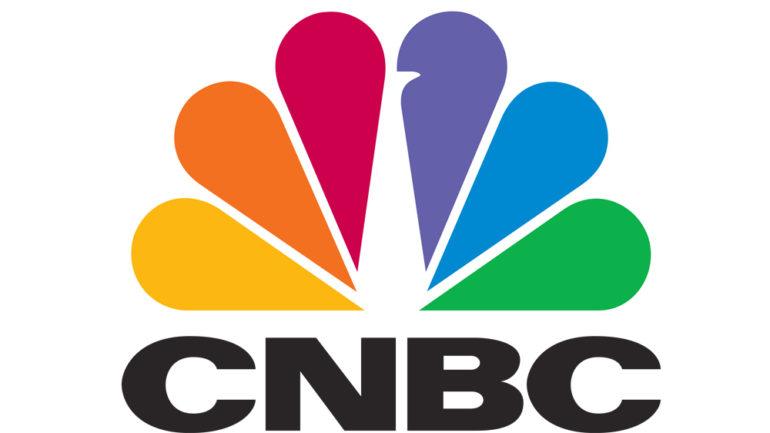CNBC, Fox Business Ditch Commercials to Keep Tabs on Market Tumult
By Brian Steinberg
LOS ANGELES (Variety.com) – In order to cover business Monday, and Fox Business Network had to forego some of their own.
The NBCUniversal-owned business-news cable network interrupted programming with just a single commercial break between 9:30 a.m. and noon, according to a person familiar with the matter, and was expected to remain commercial free through the close of the stock markets. Fox Corp.’s Fox Business Network, meanwhile, went ad free between 1 p.m. eastern and 4:40 p.m. eastern as the market’s dips became more pronounced.
Both networks’ editorial staffs were scrambling to cover one of the biggest business stories of the year, a more than 900-point drop in the Dow Jones Industrial Average, and corresponding tumbles in the Nasdaq and S&P 500 as investors reacted to new trade threats between the U.S. and China.
Going commercial free remains an option rarely used by TV-news outlets, though it is something utilized on occasion. CNN in past months has sometimes cut commercials during particularly heated interviews between one of its anchors and members of the White House. And all major broadcast networks went ad free for several days in the aftermath of the terrorist attacks of September 11, 2001.
Both outlets are in the midst of covering an event of great importance to its viewers. Markets fluctuate all the time, but the Dow Jones Industrial Average had recently cracked the 27,000 mark – a high-water mark for the index- and now appears to be tumbling precipitously.
CNBC programs affected by the maneuver would have included “Squawk On The Street,” “Power Lunch” and “Closing Bell,” among others. Fox Business selections including Neil Cavuto’s “Cavuto Coast to Coast” and “The Claman Countdown” would have gone without commercials this afternooon.
Dominic Chu, one of CNBC’s news anchors, mentioned the lack of advertising interruptions on Twitter:
It’s not immediately clear whether CNBC or Fox Business would sacrifice all the ad dollars that might have come from a normal day of ad-supported TV. Many of the ads shown during daytime programming come from direct-response advertisers, who typically pay lower fees in exchange for allowing the network to run their commercials at various points in the schedule.

